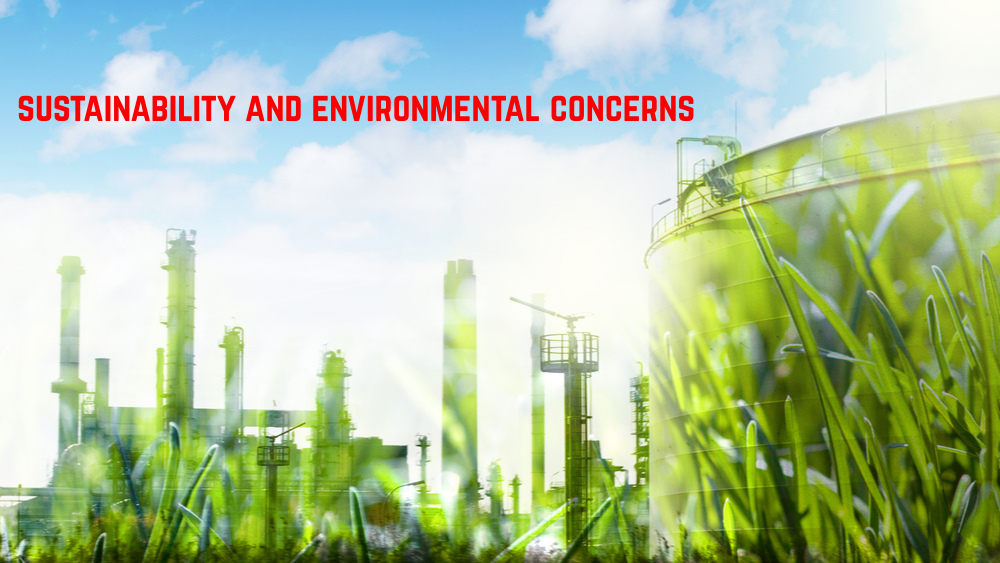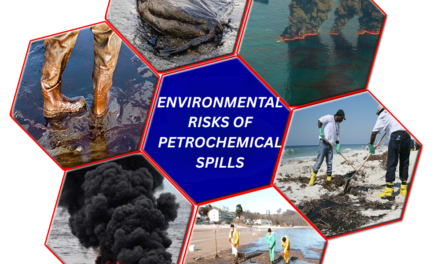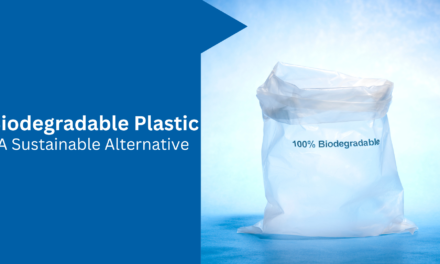Consumer chemical manufacturers are actively addressing sustainability and environmental concerns through innovative practices, product reformulations, and sustainable business strategies. This transformation is driven by consumer demand, regulatory pressures, and the need to reduce environmental impact while maintaining product performance. Below are the key approaches manufacturers take to address these concerns:
1. Transition to Sustainable Raw Materials
- Bio-Based Ingredients:
- Shift from petrochemical-derived to renewable resources like plant-based oils, starches, and algae.
- Examples:
- Bio-based surfactants in detergents and personal care products.
- Plant-derived ethanol in sanitizers.
- Recycled and Upcycled Materials:
- Use of materials from waste streams to reduce resource depletion.
- Example:
- Upcycled citrus peels for natural cleaning agents.
2. Eco-Friendly Product Formulations
- Biodegradable Products:
- Development of products that break down into harmless substances, reducing environmental persistence.
- Example:
- Biodegradable laundry detergents.
- Reduced Toxicity:
- Elimination of hazardous substances like phthalates, parabens, and formaldehyde.
- Example:
- Phosphate-free dishwasher detergents.
- Low-VOC Formulations:
- Reformulating paints, adhesives, and cleaning agents to minimize air pollution and indoor air quality issues.
- Example:
- Waterborne coatings with low volatile organic compound (VOC) content.
3. Sustainable Packaging Solutions
- Recyclable Materials:
- Use of mono-material packaging that is easier to recycle.
- Example:
- PET bottles for cleaning products and personal care items.
- Refillable and Reusable Options:
- Introduction of refill packs and reusable containers to reduce packaging waste.
- Example:
- Concentrated cleaning solutions in refill pods.
- Compostable Packaging:
- Development of biodegradable packaging materials for single-use products.
- Example:
- Compostable pouches for detergents and wipes.
4. Water and Energy Efficiency
- Concentrated Products:
- Development of concentrated formulations that use less water and packaging.
- Example:
- Ultra-concentrated laundry detergents and fabric softeners.
- Cold Water-Compatible Formulations:
- Products designed to perform effectively at lower temperatures, reducing energy use.
- Example:
- Cold-water detergents for washing machines.
5. Adoption of Green Manufacturing Practices
- Renewable Energy Use:
- Transitioning manufacturing facilities to solar, wind, or other renewable energy sources.
- Waste Reduction:
- Recycling or reusing byproducts within the production process to minimize waste.
- Example:
- Closed-loop systems for water recycling in manufacturing plants.
- Carbon Footprint Reduction:
- Implementing energy-efficient technologies and optimizing logistics to lower emissions.
6. Circular Economy Practices
- Recycling and Upcycling Initiatives:
- Partnering with recycling programs to recover and reuse materials.
- Example:
- Collaborating with packaging manufacturers for recycled plastic sourcing.
- Product Lifecycle Design:
- Creating products that are easier to disassemble and recycle after use.
7. Innovation in Sustainable Chemicals
- Green Chemistry:
- Designing safer chemicals that minimize environmental impact throughout their lifecycle.
- Examples:
- Use of enzymatic processes for bio-based ingredient synthesis.
- Encapsulation Technologies:
- Controlled release of active ingredients to reduce overuse and waste.
- Example:
- Microencapsulated cleaning agents for targeted action.
8. Regulatory Compliance and Certifications
- Environmental Standards:
- Adhering to global and regional environmental regulations like REACH, EPA, and Green Seal.
- Eco-Certifications:
- Obtaining certifications such as:
- EU Ecolabel: For environmentally friendly consumer products.
- EPA Safer Choice: Identifies safer products for consumers.
- Cradle to Cradle Certified®: For sustainable product design.
- Obtaining certifications such as:
9. Transparency and Consumer Education
- Ingredient Disclosure:
- Providing detailed information about ingredients and their environmental impact.
- Example:
- Clear labeling with QR codes linking to sustainability information.
- Awareness Campaigns:
- Educating consumers on sustainable product usage and proper disposal practices.
10. Partnerships and Collaboration
- Industry Initiatives:
- Collaborating with industry groups to establish sustainability benchmarks and share best practices.
- Example:
- Participation in the Global Product Stewardship Council.
- NGO and Government Collaboration:
- Partnering with organizations to address plastic pollution, carbon emissions, and chemical safety.
11. Innovations in Sustainable Technologies
- Enzyme-Based Cleaning Solutions:
- Development of enzymes that clean effectively while being biodegradable.
- Example:
- Proteases in stain removers and laundry detergents.
- Bio-Based Polymers:
- Use of biodegradable polymers for personal care and household product formulations.
12. Data-Driven Sustainability
- Digitalization and AI:
- Using AI and big data to optimize supply chains, reduce waste, and improve resource efficiency.
- Example:
- Predictive analytics for minimizing overproduction.
- Life Cycle Assessment (LCA):
- Evaluating the environmental impact of products from raw materials to disposal.
Challenges in Addressing Sustainability
- High Costs:
- Sustainable raw materials and technologies are often more expensive than traditional counterparts.
- Performance vs. Sustainability:
- Balancing eco-friendliness with high product performance.
- Consumer Behavior:
- Educating consumers to adopt sustainable products and practices.
Future Trends
- Bio-Innovation:
- Increased use of biotechnological advances to create novel bio-based chemicals.
- Zero-Waste Manufacturing:
- Aiming for completely waste-free production systems.
- Carbon Neutrality Goals:
- Commitment to achieving net-zero emissions across operations.
Conclusion
Consumer chemical manufacturers are adopting a multifaceted approach to address sustainability and environmental concerns. By focusing on green chemistry, sustainable sourcing, eco-friendly formulations, and innovative manufacturing processes, the industry is making strides toward a more sustainable future. These efforts not only reduce environmental impact but also align with consumer demand for environmentally responsible products, positioning companies as leaders in sustainability.
Hashtags
#SustainableChemicals #EcoFriendlyChemicals #GreenConsumerProducts #ChemicalsForSustainability #SustainableSolutions#EnvironmentalResponsibility #EcoConsciousManufacturing #LowCarbonChemicals #CircularEconomy #GreenChemistry#ClimateSmartChemicals #SustainableInnovation #GreenTechChemicals #SmartSustainability #AdvancedEcoChemistry#InnovativeSustainability #SustainableManufacturing #CleanChemicalProduction #WasteToChemicals #EnergyEfficientChemicals #EcoFriendlyProcesses

















